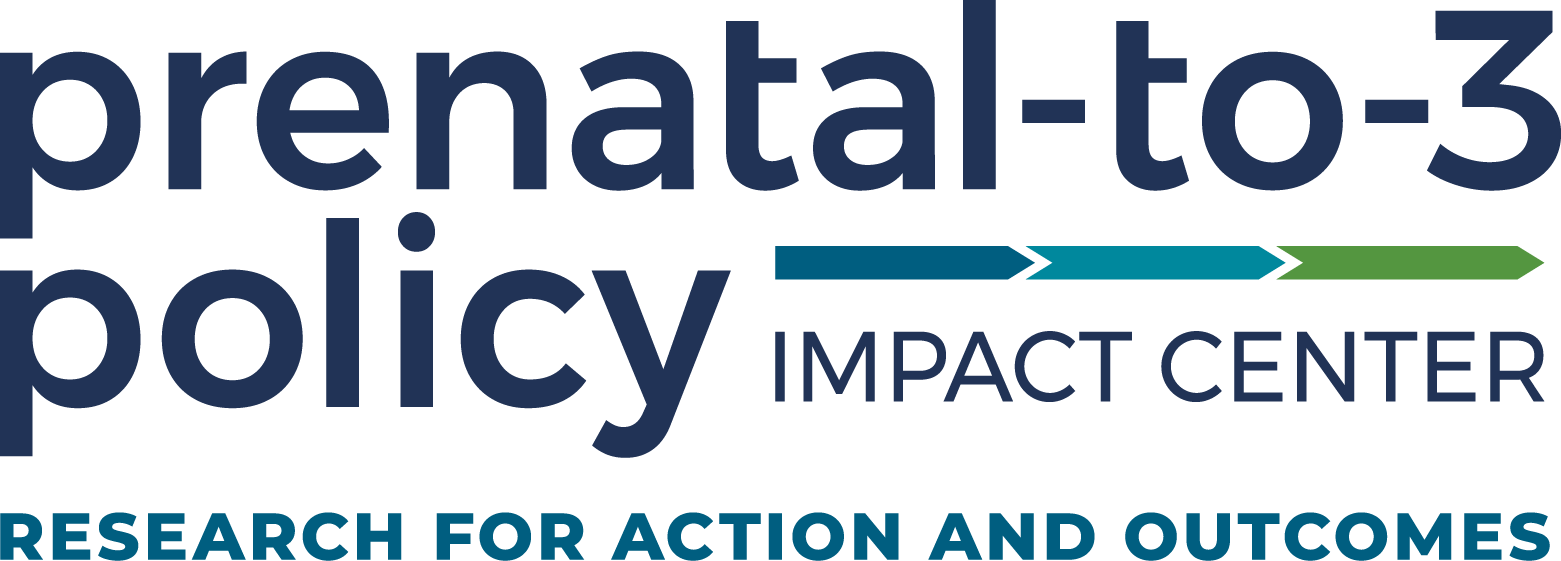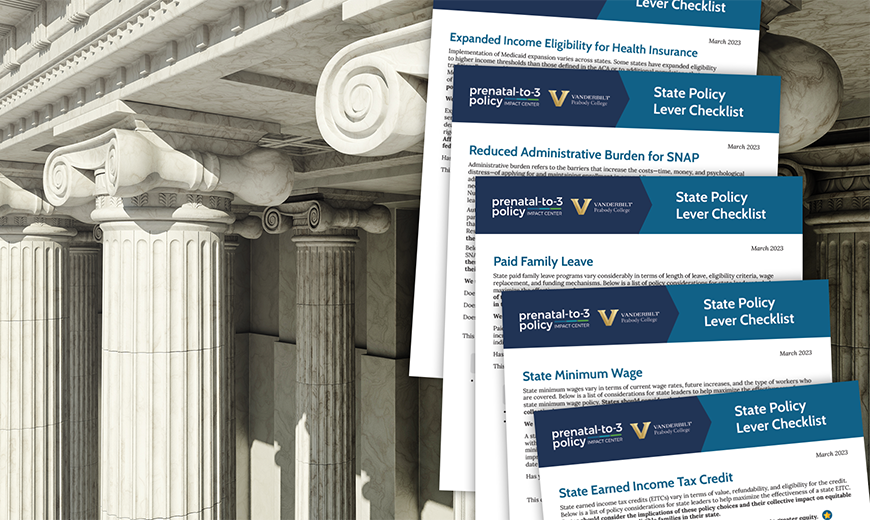Policy Checklists
Our policy checklists features state legislative updates, explainers on complex prenatal-to-3 policy topics, and coverage of important events and emerging research
Featured
These worksheets walk you through the key levers for policy and program design and implementation—with a focus on building an equitable system of care.
The Latest
Research is clear that money matters for children’s wellbeing and achievement. Greater income allows parents to better meet children’s basic needs, and financial stability can reduce parental stress. State child tax credits (CTCs) provide one
Comprehensive screening and connection programs assess the social predictors of health that contribute to long-term child and family wellbeing. The programs use screening tools that identify the needs of children and families, and then connect
Reducing the administrative burden for the Supplemental Nutrition Assistance Program (SNAP) increases participation rates among eligible households, increasing household food security. This State Policy Lever Checklist contains a list of policy considerations for state leaders
A refundable state earned income tax credit (EITC) of at least 10% of the federal credit promotes healthier and more equitable birth outcomes, increases parents’ workforce participation, and improves household economic security, with the greatest
A paid family and medical leave policy of at least 12 weeks for birthing parents and at least 6 weeks for non-birthing parents with a new child is one of the most effective policies a
Expanding Medicaid coverage to most adults with incomes up to at least 138% of the federal poverty level increases families’ access to needed care and services, reduces financial burdens associated with health care costs, leads



